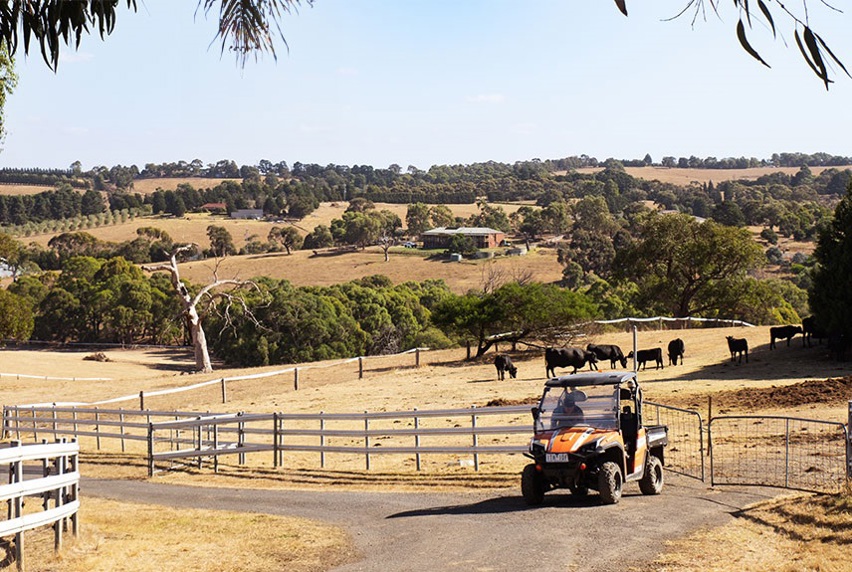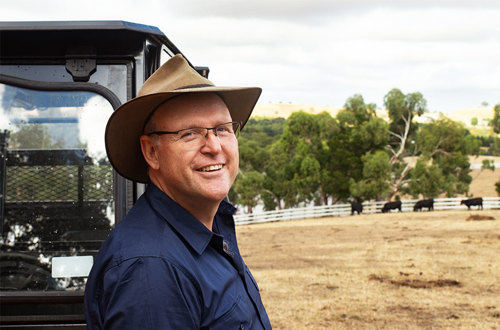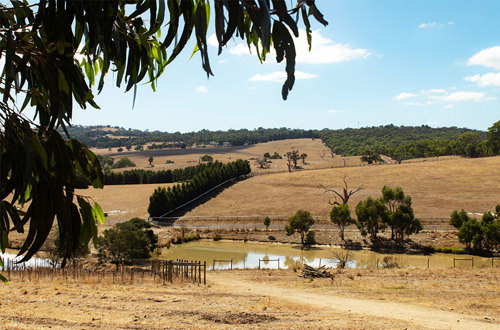Listening to the land: How we’re using regenerative agriculture in our courses

Across the agriculture field, we equip students with the skills to both excel in the industry and play a proactive role in its future.
Regenerative agriculture is one step towards a future of sustainable farming that could put us in harmony with the natural environment.
“Part of why regenerative agriculture works so well is that it’s simple. It only has five main rules,” says Lead Agriculture Teacher, Gordon Williamson.

Melbourne Polytechnic's Lead Agriculture teacher, Gordon Williamson
The Five Principles of regenerative agriculture are:
● Minimise soil disturbance
● Minimise the use of chemicals
● Maximise biodiversity of plants and animals
● Keep the soil covered by crops
● Adapt to natural vegetation and environment.
In Australia, farmers are making the transition to use more and more of these principles in their work.
“For about 15 per cent of the industry, regenerative agriculture is old news. Another 35 per cent are doing it now. 35 per cent will catch up to it and the last 15 per cent may never change,” says Gordon.
We’re training Melbourne Polytechnic students to be part of the majority. With technology like our newly acquired soil scanner and seeders, regenerative agriculture is being put into practice.
While the concept might be seen as a new method, it’s really a return to how the natural environment works. And there is no agriculture without considering animals. Whether they’re domesticated or wild, animals are part of the planet. Understanding how they interact with nature is another key part of regenerative agriculture.

Melbourne Polytechnic's working farm, Northern Lodge at Eden Park.
“There are good spiders and bad spiders, good aphids and bad aphids. We need to make environments where the good can thrive. And that effectively reduces our reliance on chemicals. It’s about understanding the landscape and working with it as opposed to against it.”
Gordon continues, “A lot of this is just how nature used to operate before human intervention. If it worked before, why shouldn’t it work now.”
Regenerative agriculture contributes to creating a circular economy model within the industry where we reduce waste and increase efficiency. For example, reusing compost and mulch from green bins on the soil surface. The process gives food waste back to the soil which then builds it up to go around again.
Ultimately, it creates a balance that can support a sustainable, healthy environment where plants and animals are working in harmony.
“It’s simple – we’re minimising soil disturbance, minimising chemical input and maximising biodiversity of plants and animals. All while adapting to the local environment. It works because it looks at the world as a whole,” says Gordon.
Creating the future we want is already happening across the industry and the world.
By incorporating sustainable agriculture in our teaching, we’re giving students the skills they need to be part of the change and propel the industry forward.
To learn more about our agriculture pathways on offer, visit our Agriculture Study Area page.